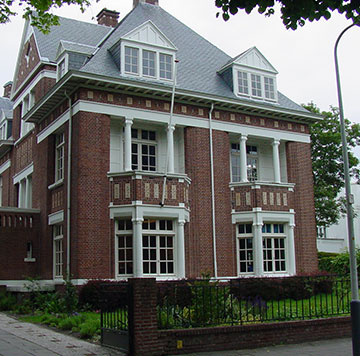RFWE-01 - Rapid fire session from selected oral abstracts
M1-M2
The Role Of The Community Pharmacist In The Prevention, Detection And Control Of Hypertension.
- By: ROCHA, Pedro (Rede Claro, Lda., Portugal)
- Co-author(s): Dr Pedro Vasques (Pharmaceutical Services, Rede Claro, Lisboa, Portugal)
dr. Mariana Rocha (Pharmaceutical Services, Rede Claro, Lisboa, Portugal) - Abstract:
Background: Cardiovascular diseases are the main cause of mortality worldwide and in Portugal. Reducing the risk factors associated with them is an important factor in preventing the occurrence of this type of disease.
Purpose: Assessment of patients with risk factors without diagnosis of arterial hypertension; Identification of patients with uncontrolled arterial hypertension; Assessment of hypertensive patients and associated comorbidities; Assessment of compliance to therapy.
Methods: This study took place during June 2022 and involved two interventions:
- Promoting health literacy among users with cardiovascular risk, acting to raise awareness of an earlier diagnosis (dissemination of communication materials in pharmacies and social media);
- Cardiovascular assessment based on the measurement of blood pressure, weight and body mass index, and implementation of a questionnaire aimed at assessing:
oPatient's blood pressure profile;
oFrequency of blood pressure measurements;
oPlace and how the blood pressure measurement is performed;
oFrequency of non-adherence to antihypertensive therapy.
oThe patients had their blood pressure measured twice, with a 10-minute interval between both times.
Data were collected using a Microsoft® form developed for this purpose (Figure 3), and analysed using the Excel® software.
Results: Of the pharmacies involved, 100 involved 2021 people, of whom 62% (n= 1254) were female, 66% were aged between 45 and 65 years and 38.3% were smokers. Of the individuals assessed, 72% were hypertensive, 95% were taking antihypertensive medication and 43% were overweight. Besides hypertension, 30% of the patients are diabetic, 9% had a previous stroke and 6% had a myocardial infarction. Of the patients involved, 46% perform the blood pressure measurement in the pharmacy, in the sitting position (98%) through an arm meter (92%). As for the frequency of measurement, 33% of patients measures their blood pressure between 1 and 2 times a month and 54% of patients perform a blood pressure measurement. Of the patients assessed, 16% did not comply with the therapy in the last week before the intervention, and 28% in the last month. We verified that 26% of non-hypertensive patients had high blood pressure values (> 140/90 mm/Hg) and 51% of hypertensive patients had uncontrolled values.
Conclusion: Pharmacies should intervene to improve hypertensive patients' knowledge of their disease, alert them to the importance of monitoring and taking the correct medication, thus contributing to reducing the morbidity and mortality associated with this disease. The pharmacist can contribute to assist the assessment of the therapeutic results by performing blood pressure measurement in pharmacies, teaching patients how they can notice the evolution of the improvement in values, ensuring adherence to therapy.
Thematic area: community pharmacy

